Airspace and traffic management

July 2024
AM2a: Review existing flight rules against the future needs for RPAS
In progress
Research how international flight rules for RPAS and AAM have been implemented and investigate how existing flight rules apply to RPAS and AAM in Australia. Review Australian flight rules considering the evolving needs of RPAS, anticipating the need to align with operational maturity and technology advancements over time. Identify future changes required including conspicuity and equipage considerations.
Principle: Progressive and internationally aligned.
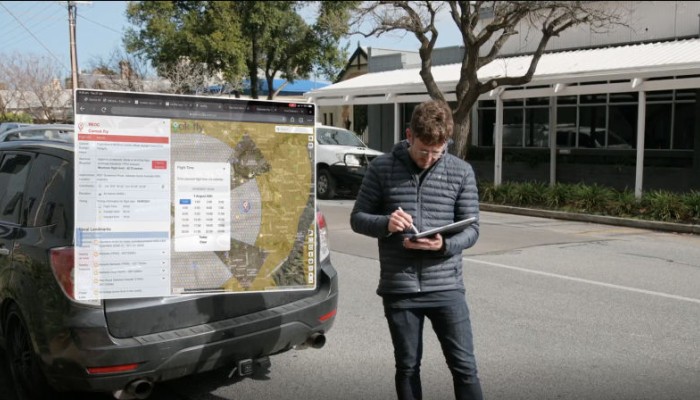
July 2024
AM4a: Initial implementation to ease identified risks and support RPAS airspace integration
In progress
Begin implementation towards RPAS airspace integration to mitigate identified risks, facilitate progress, and help gain broader acceptance from all airspace users. This includes maturing systems building from trials for automated airspace authorisations for ReOC holders within 5.5 km of selected controlled airports.
Principle: Adaptive and scalable.
FIMS revised launch -
Airservices Australia, in collaboration with FIMS vendor Frequentis and the initial UAS Service Suppliers, is now working towards a revised launch of FIMS in late May 2026.
This revised timeline allows Airservices to complete additional validation and assurance activities. This will ensure the system is fully ready from day one.
Plans remain in place to provide automated authorisations for 28 controlled aerodromes upon FIMS go-live in May.
Future of automatic airspace authorisations -
Since 2021, CASA and Airservices Australia have been trialling automated airspace authorisations (AAA) for commercial drone operations at select civil controlled aerodromes.
Later this year, the trial will transition to a permanent flight authorisation service delivered through Airservices' Flight Information Management System (FIMS) and participating third party service providers.
Expansion of AAAT -
We expanded the automated airspace authorisations trial (AAAT), a joint initiative by CASA and Airservices.
More than 1,400 automated flight authorisations have been processed. This has saved industry more than $1.2 million in application fees.
CASA continues to work with Airservices to expand authorisations to all civil-controlled aerodromes via FIMS at the end of 2025.

July 2024
AM5: Understand the decision points where an operator is required to use UTM services or other tools to maintain safe distances from other aircraft and obstacles
In progress
Understand the thresholds beyond which airspace users need to employ additional tools to maintain safe proximity from other aircraft and obstacles. We will conduct analysis to establish the demand drivers and operational circumstances that determine these threshold. This activity has a high number of interdependencies, which may impact timeframes and progress.
Principle: Risk and outcome-based.
Clarification of activity -
We continue to work closely with Airservices and UAS service suppliers (USS) on the introduction of FIMS-enabled UTM services. Development of the Australian Future Airspace Framework is progressing. This work has better informed the next steps and feasibility of RPAS airspace activities. However, a high number of dependencies have been identified for this activity.
The previous wording of the activity was not clear. Through consultation with SMEs and the Technical Working Group the activity and milestone have been updated.

July 2024
AM6: Prepare initial guidance for drone to drone deconfliction
In progress
Develop guidance to assist RPAS to maintain a safe distance from other RPAS cooperatively and responsively. This may include deconfliction methods including sharing operational intent transparently, and practices that can be adopted to prepare for the future environment.
Principle: Safety first.
Activity changes -
Progress on international separation standards remains slow. Our increased understanding of the diversity of RPAS operations, each with different risk profiles increases the complexity of this activity.
Through consultation with SMEs and the Technical Working Group, we have updated the activity and milestone. The changes more accurately reflect what we can realistically provide under current policy settings, technological uptake and equipage norms.

July 2024
AM1: Through the AFAF, develop a transparent, consistent, and scalable method to manage Australian airspace that supports RPAS and AAM integration
In progress
Develop an overarching framework to align and integrate all airspace users, including RPAS, AAM and high-altitude operations. The AFAF is a component of Australia’s long-term airspace reforms.
Principle: Adaptive and scalable.
TWG review -
Work on AFAF is progressing. We conducted a review of the TWG tasking instructions and membership to ensure adequate representation of emerging technologies. We held a TWG meeting in November 2024 with new members in attendance.

January 2025
AM3: Develop an implementation plan for airspace modernisation that is flexible, scalable and supports all airspace users
Not started
Develop an implementation plan under the AFAF, supported by a long-term strategic airspace plan that will support all airspace users. This will be reliant on both higher-level policy and operational technology.
Principle: Adaptive and scalable.
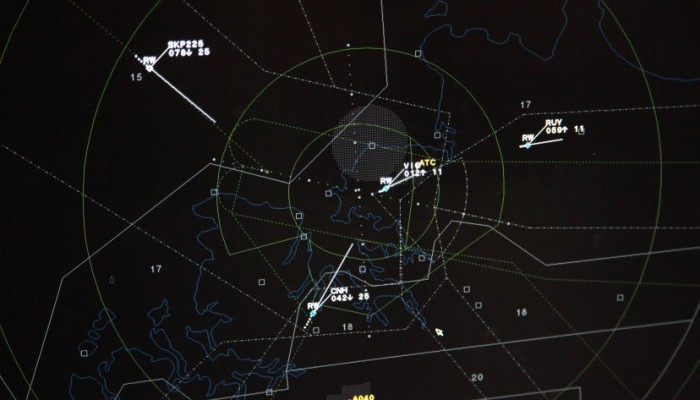
January 2026
AM7a: Develop standards and capabilities to support the implementation of low flight-level traffic for RPAS
Not started
Develop standards and capabilities to support the implementation of low flight-level traffic management systems for RPAS. This includes exploring existing standards, international developments and Australian airspace needs while aligning with government safety initiatives.
Principle: Safety first.

July 2026
AM2b: Review flight rules against the future needs for AAM
Not started
Research how international flight rules for RPAS and AAM have been implemented and investigate how existing flight rules apply to RPAS and AAM in Australia. Review Australian flight rules considering the evolving needs of AAM, anticipating the need to align with operational maturity and technology advancements over time. Identify future changes required including conspicuity and equipage considerations.
Principle: Progressive and internationally aligned.
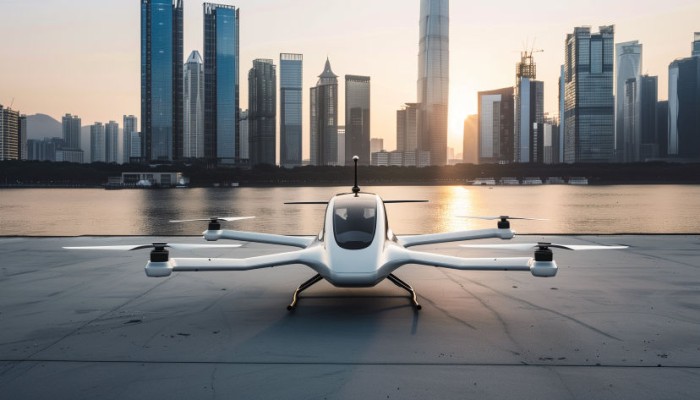
January 2027
AM9: Consider airspace requirements for vertiport operations
Not started
Consider airspace requirements to address demand and capacity needs for air traffic into and out of vertiports.
Principle: Adaptive and scalable.

January 2027
AM10a: Develop new RPAS segregation requirements to support and use improving technologies such as high levels of automation
Not started
Develop RPAS and AAM segregation requirements that leverage increasing levels of automation and emerging technologies in airspace management. These new requirements aim to enhance aviation safety and increase efficiency.
Principle: Safety first.
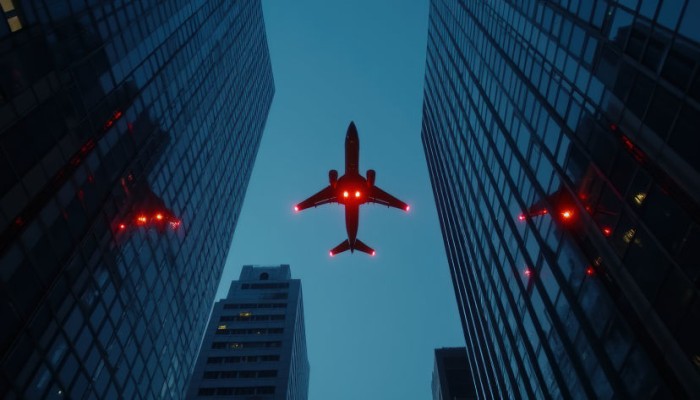
April 2027
AM4b: Initial implementation to ease identified risks and support AAM airspace integration
Not started
Commence implementation to mitigate identified risks and facilitate AAM airspace integration to assist broader acceptance by all airspace users.
Principle: Adaptive and scalable.
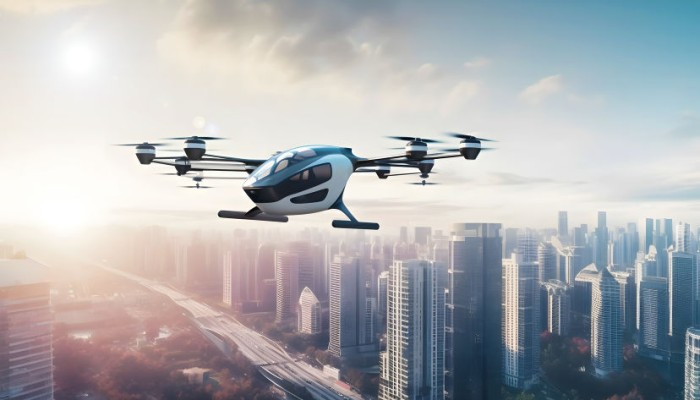
January 2028
AM7b: Develop standards and capabilities to support low flight-level traffic management systems for AAM
Not started
Develop standards and capabilities to support low flight-level traffic management systems for AAM. This includes exploring existing standards, international developments and Australian airspace needs while aligning with government safety initiatives.
Principle: Safety first.

January 2028
AM10b: Develop new AAM segregation requirements to support and use improving technologies such as high levels of automation
Not started
Develop RPAS and AAM segregation requirements that leverage increasing levels of automation and emerging technologies in airspace management. These new requirements aim to enhance aviation safety and increase efficiency.
Principle: Safety first.
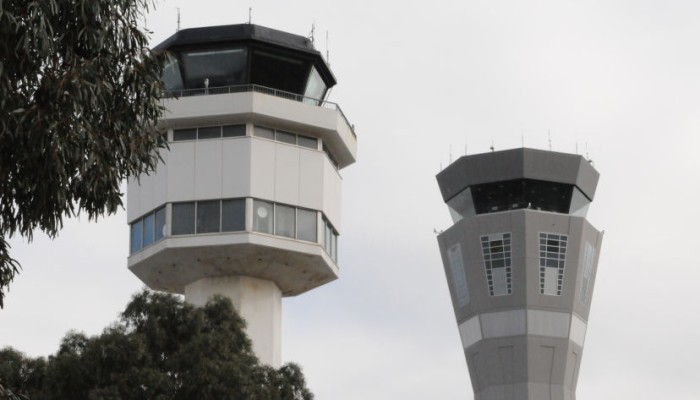
January 2028
AM8: Consider regulatory requirements for integrating air traffic management systems
Not started
Consider the regulatory needs for integrating air traffic management systems (for instance, ATM and UTM) following the Civil Military Air Traffic Management System implementation and government policy direction on UTM.
Principle: Balanced and socially responsible.

January 2030
AM11: Continue airspace modernisation to support the integration of RPAS and AAM into all airspace environments
Not started
Progress airspace modernisation towards the integration of RPAS and AAM into all airspace environments, ensuring a safe, efficient and cohesive operational environment.
Principle: Progressive and internationally aligned.

January 2031
AM12: Review and update rulesets for integration, global mechanisms, and requirements for increasing levels of automation
Not started
Review and update rulesets for integration, ensuring they account for the adoption of new technologies worldwide.
Principle: Progressive and internationally aligned.

January 2032
AM13: Develop standards to support cooperative participation between all airspace users
Not started
Develop standards to support cooperative participation among all airspace users. This aims to mature provisions for increasing levels of automation and integrating emerging technologies in airspace management.
Principle: Adaptive and scalable.

January 2033
AM14: Develop and implement airspace concepts to support all airspace users in a seamless airspace environment
Not started
Develop and implement airspace concepts to support all users in a seamless future airspace environment, improving coordination and efficiency. This activity works towards the master plan for Australian airspace.
Principle: Balanced and socially responsible.

